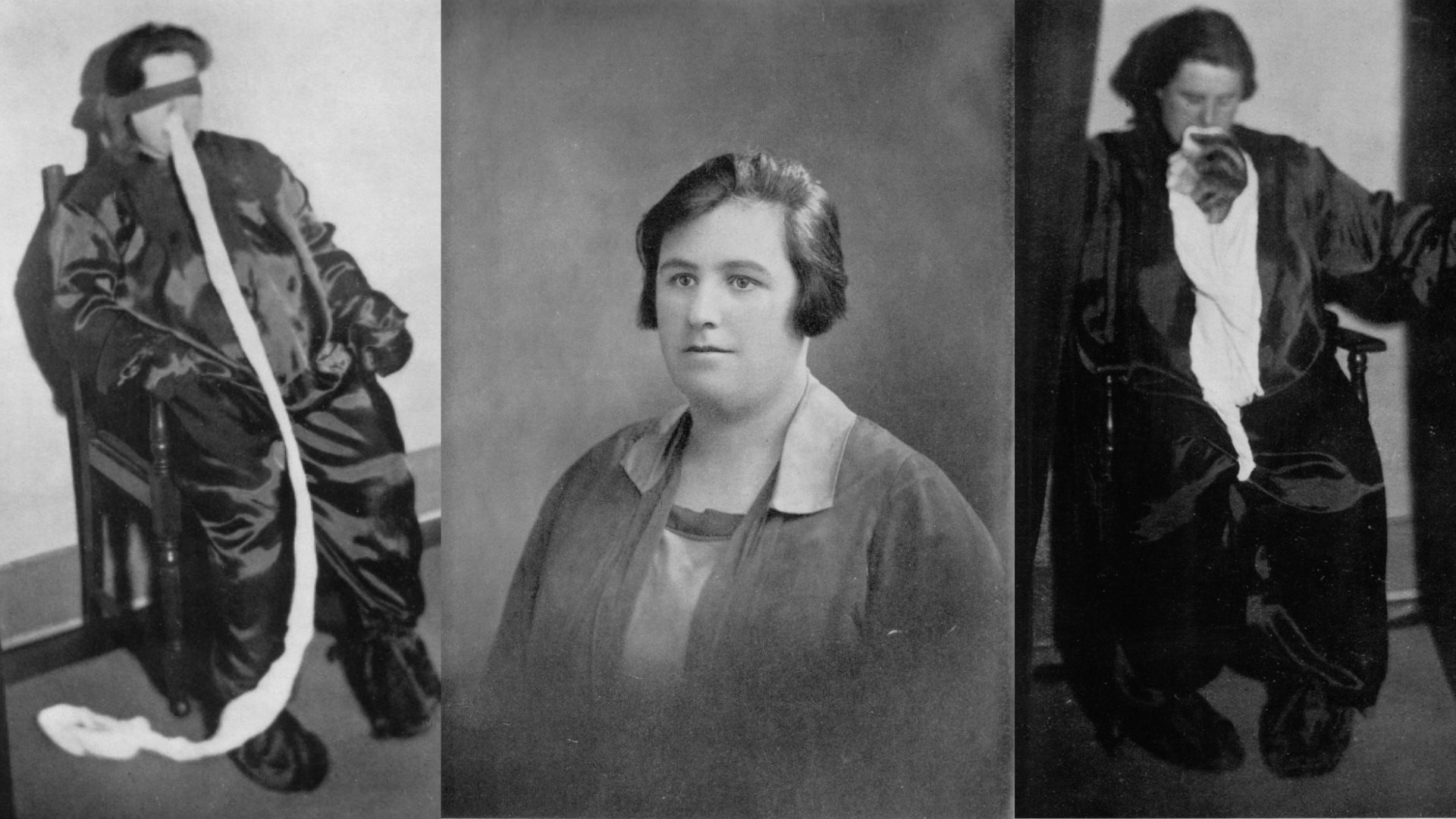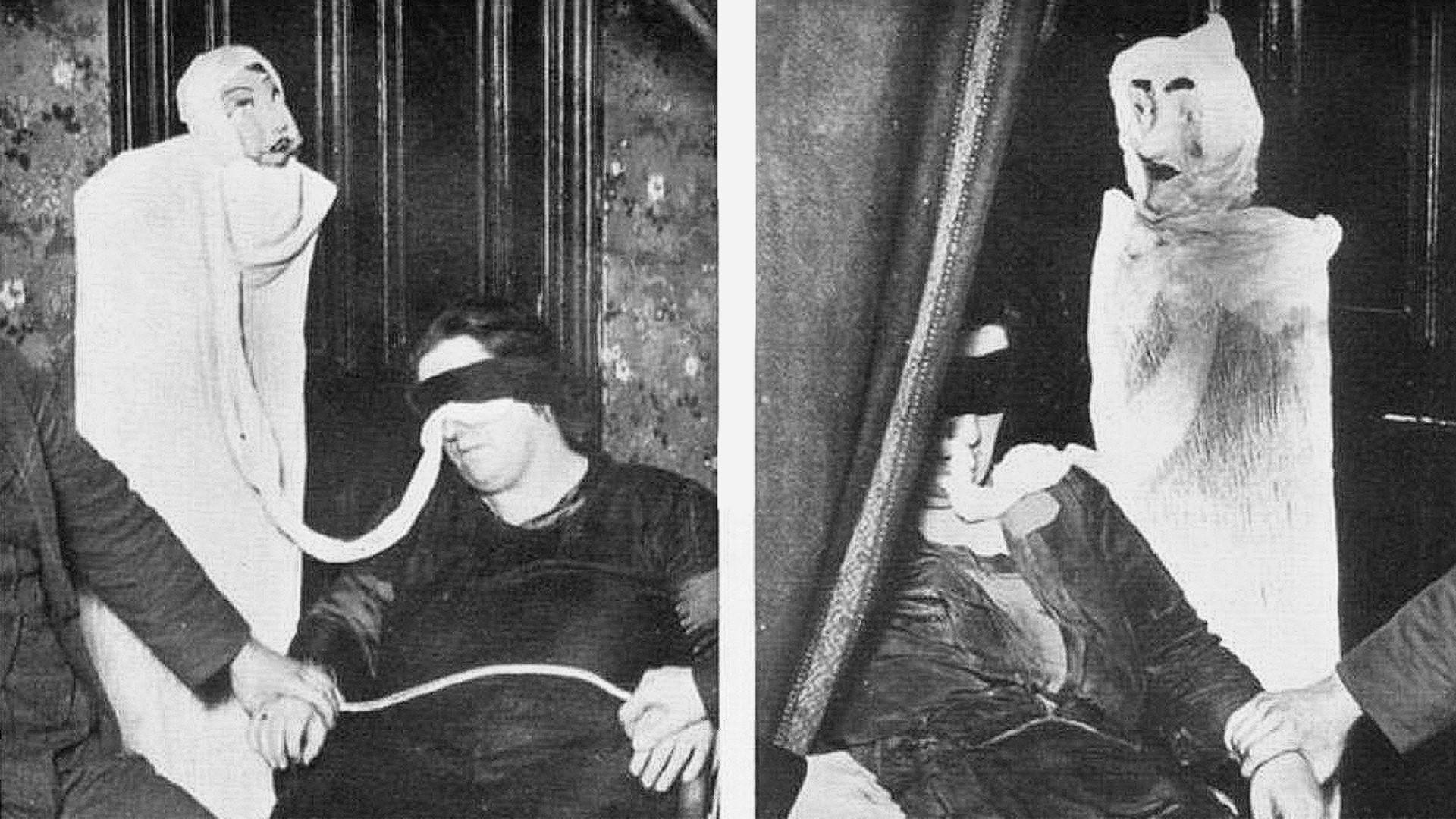Scotland's Last Witch: Helen Duncan
16th Nov 2023
When we think of the Scottish Witch Trials, most of us probably think of Early Modern Europe: a time of printing presses, Industrial Revolutions, Protestant Reformations, and certainly no indoor plumbing. Most of us don’t think of Second World War Britain.
And yet Scotland’s Last Witch was convicted under the 1735 Witchcraft Act in 1944.
How it began
Between the 16th and 18th centuries in Scotland, the public (and the monarchy—specifically King James VI) became increasingly concerned about malevolent, magical dealings. The Witchcraft Act of 1563 made witchcraft—and consulting with witches—a capital crime, and thus sparked centuries of fear.
It’s estimated that upwards of 4,000 people were tried for witchcraft during this time, 2,500 of whom were executed between 1563 and 1727. The majority of those accused were women: 84%, in fact.
It was believed that witches used magic for evil purposes, magic that came from wicked spirits or even the Devil himself.
Things change: Witchcraft Act of 1735
In 1735, a new witchcraft act was passed, which made it a crime to accuse another person of having magical powers or being guilty of practising witchcraft. As a near complete reversal of the 1563 Witchcraft Act, it sounds like this would be the end of witchcraft accusations.
But was it?
The act, though moving away from the act of executing those convicted of witchcraft, also made it illegal to make false claims regarding the ability to conjure spirits.
It’s here that Helen Duncan comes in.
Who was Helen Duncan?
Scotswoman Helen Duncan, by the 1920s, was a clairvoyant and medium who held séances to contact the spirits of the recently deceased. She claimed to be able to conjure these spirits using ectoplasm, a process which photographer Harvey Metcalfe photographed in 1928.

By 1931, Helen Duncan was being investigated by the London Spiritualist Alliance for her fraudulent acts, and eventually was fined for fraudulent mediumship in Edinburgh in 1933.
But why is she known as ‘Scotland’s Last Witch’?
Scotland’s Last Witch
In 1941, Helen Duncan claimed that she had conjured the spirit of a sailor who had perished in the sinking of the HMS Barham. The problem? The sinking hadn’t been announced to the public yet.
Consequently, she was arrested in 1944 for fear that she would reveal secrets regarding the upcoming Normandy landings. Authorities then, discovered that she could legally be tried under the still-active Witchcraft Act of 1735, due to the fact that it made fraudulent spiritual activity triable.

And so, in the middle of the Second World War, a woman was tried for Witchcraft.
Helen Duncan was one of the last people to ever be tried under this Witchcraft Act, and was sentenced to nine months in London’s Holloway Prison after conviction.
Witchcraft Act repealed
The attention that Duncan’s trial garnered made it evident to the public that this Witchcraft Act had to be removed. It was repealed and replaced by the Fraudulent Medium Act of 1951, which prohibited anyone from claiming to be a medium in order to deceive others to make money, rather than just for entertainment. This was in turn repealed in 2008.
The fact that women were convicted under a witchcraft act less than 80 years ago often comes as a surprise. We tend to think of witch trials as long ago horrors, not something so recently tangible.
Last year, we launched our Witches; Trial and Truth tour to dispel centuries of myths and uncover the very real and very dark history behind Scotland’s witch trials. Join us to visit the locations where Scotland’s witches were once executed, and are now remembered.

